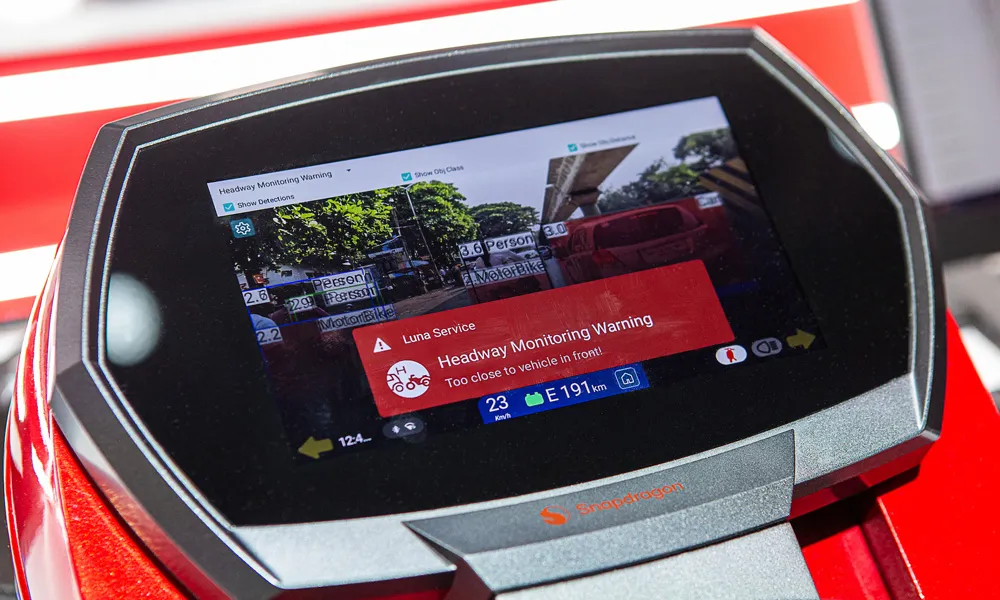According to a new research report from analysts Berg Insight, the number of fleet management systems deployed in commercial vehicle fleets in North America was 3.3 million in the fourth quarter of 2012. Growing at a compound annual growth rate (CAGR) of 15.6 percent, this number is expected to reach 6.8 million by 2017. In Latin America, the number of installed fleet management systems is expected to increase from 1.6 million in quarter four 2012, growing at a CAGR of 16.3 per cent to reach 3.3 million in
October 1, 2013
Read time: 2 mins
According to a new research report from analysts 3849 Berg Insight, the number of fleet management systems deployed in commercial vehicle fleets in North America was 3.3 million in the fourth quarter of 2012. Growing at a compound annual growth rate (CAGR) of 15.6 percent, this number is expected to reach 6.8 million by 2017. In Latin America, the number of installed fleet management systems is expected to increase from 1.6 million in quarter four 2012, growing at a CAGR of 16.3 per cent to reach 3.3 million in 2017.
The top ten providers of fleet management systems in the Americas now have a combined installed base of more than two million active units in the region. Leading solution providers including Omnitracs,1985 Trimble, 1058 FleetMatics, Zonar Systems and Telogis have more than 200,000 active units each. Customised high-end systems are most commonly offered via consultative direct sales processes, while standardised solutions to an increasing extent are offered through indirect models based on resellers. Mobile carriers have for example become an increasingly important sales channel in the Americas.
Regulations related to road transport have a significant impact on the market environment and there have been new developments in the past year. “The US hours-of-service rules have recently been updated and a mandate to use electronic logging devices has now been passed”, said Rickard Andersson, senior analyst, Berg Insight. The implementation of mandatory tracking systems in Brazil which has been postponed several times is moreover expected to launch in 2014 and gradually introduce factory-installation of telematics devices in vehicles. “While these regulatory initiatives are limited to specific markets, vehicles, companies and functionalities, there is no question about the positive effect on the awareness of vehicle telematics in the Americas”, concluded Andersson.
The top ten providers of fleet management systems in the Americas now have a combined installed base of more than two million active units in the region. Leading solution providers including Omnitracs,
Regulations related to road transport have a significant impact on the market environment and there have been new developments in the past year. “The US hours-of-service rules have recently been updated and a mandate to use electronic logging devices has now been passed”, said Rickard Andersson, senior analyst, Berg Insight. The implementation of mandatory tracking systems in Brazil which has been postponed several times is moreover expected to launch in 2014 and gradually introduce factory-installation of telematics devices in vehicles. “While these regulatory initiatives are limited to specific markets, vehicles, companies and functionalities, there is no question about the positive effect on the awareness of vehicle telematics in the Americas”, concluded Andersson.








